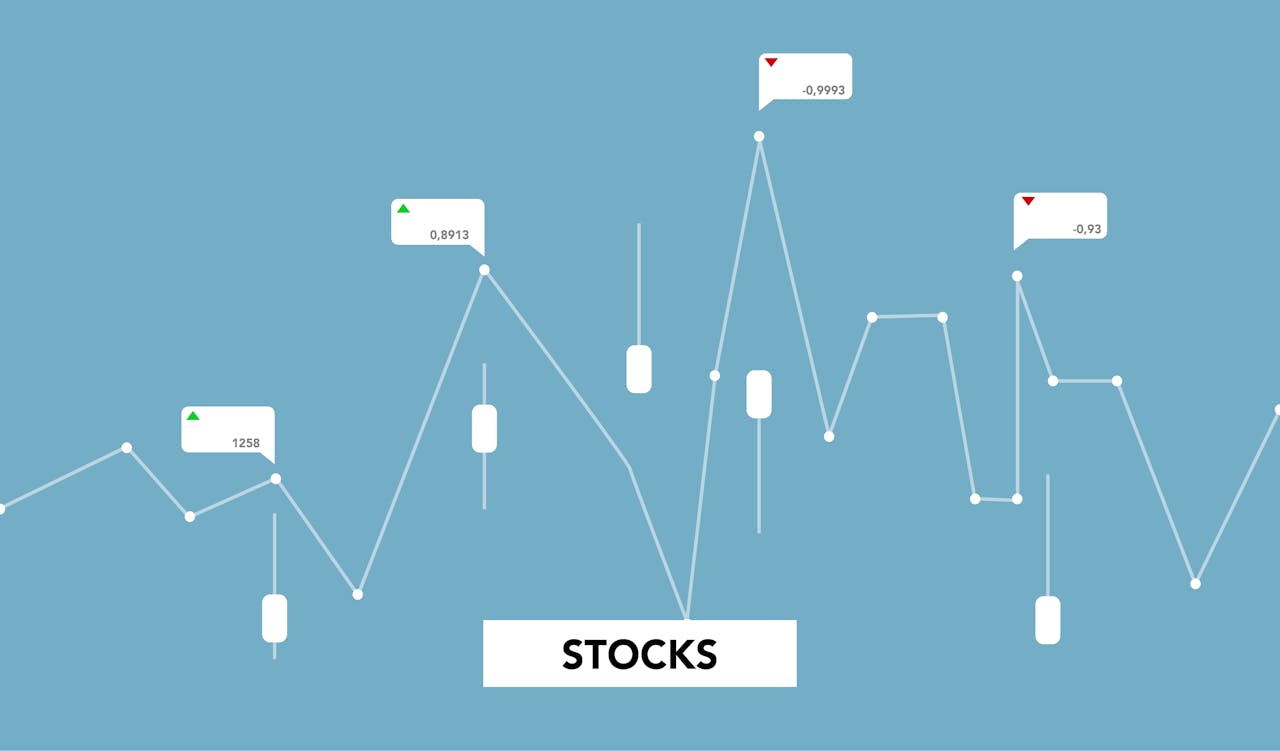Investing in the stock market can be both exciting and daunting. With numerous strategies and approaches available, two of the most prominent methods used by investors to analyze stocks are fundamental analysis and technical analysis. Both strategies aim to evaluate stocks and predict future performance, but they do so in very different ways. In this essay, we will explore the key differences between fundamental and technical analysis, their benefits, drawbacks, and how investors can effectively use each approach to make informed decisions.
Understanding Fundamental Analysis
What is Fundamental Analysis?
Fundamental analysis is a method of evaluating a security by examining its intrinsic value. This involves analyzing various financial and economic factors, including a company’s financial statements, market position, and overall economic conditions. Investors using this approach aim to determine the true value of a stock and whether it is undervalued or overvalued in the market.
Key Components of Fundamental Analysis
- Financial Statements: Investors closely examine a company’s income statement, balance sheet, and cash flow statement. Key metrics such as earnings per share (EPS), price-to-earnings (P/E) ratio, and return on equity (ROE) provide insight into a company’s profitability and financial health.
- Economic Indicators: Broader economic factors, such as GDP growth, unemployment rates, and inflation, can impact a company’s performance. Fundamental analysts consider these indicators to understand the market environment in which a company operates.
- Industry Analysis: Evaluating the competitive landscape and market trends within a specific industry is crucial. Factors such as market share, regulatory environment, and technological advancements can significantly affect a company’s prospects.
- Management Quality: The experience and track record of a company’s management team are vital indicators of its potential success. Fundamental analysts often assess the management’s ability to execute business strategies and adapt to changing market conditions.
Benefits of Fundamental Analysis
- Long-Term Focus: Fundamental analysis is primarily used by long-term investors who are looking for sustainable growth and value. This approach helps investors identify stocks that have solid fundamentals and are likely to appreciate over time.
- Comprehensive Evaluation: By examining a variety of factors, fundamental analysis provides a holistic view of a company’s potential, allowing investors to make well-informed decisions.
Drawbacks of Fundamental Analysis
- Time-Consuming: Conducting thorough fundamental analysis can be time-intensive, requiring significant research and data analysis.
- Market Sentiment: While fundamental analysis focuses on intrinsic value, market sentiment and psychological factors can sometimes lead to stock prices deviating from their true value for extended periods.
Understanding Technical Analysis
What is Technical Analysis?
Technical analysis, on the other hand, is a method of evaluating securities by analyzing statistical trends from trading activity. This includes price movements and volume data, focusing on charts and technical indicators to predict future price movements. Technical analysts believe that historical price patterns can help forecast future price behavior.
Key Components of Technical Analysis
- Price Charts: Technical analysts use various types of charts, including line charts, bar charts, and candlestick charts, to visualize price movements over time. These charts help identify trends, support and resistance levels, and potential reversal points.
- Technical Indicators: A variety of indicators, such as moving averages, Relative Strength Index (RSI), and Bollinger Bands, are used to assess market momentum and potential entry or exit points.
- Volume Analysis: Analyzing trading volume helps investors understand the strength of a price movement. High volume during price increases may indicate strong buying interest, while low volume could suggest a lack of conviction.
- Market Psychology: Technical analysts often consider market sentiment and psychology. Patterns such as head and shoulders, flags, and double tops can provide insights into investor behavior and potential price movements.
Benefits of Technical Analysis
- Short-Term Trading: Technical analysis is favored by short-term traders and day traders who seek to capitalize on price fluctuations. This approach allows investors to make quick decisions based on market trends.
- Simplicity: Technical analysis can be more straightforward than fundamental analysis, as it often relies on visual data and established patterns rather than extensive financial calculations.
Drawbacks of Technical Analysis
- Limited Scope: Technical analysis primarily focuses on price movements and may overlook underlying fundamental factors that could impact a company’s long-term performance.
- Subjectivity: Different analysts may interpret the same chart or indicator differently, leading to varying conclusions. This subjectivity can introduce a level of uncertainty in trading decisions.
Fundamental vs. Technical Analysis: Key Differences
Time Horizon
- Fundamental Analysis: Generally used by long-term investors who are interested in a company’s overall performance and intrinsic value over time.
- Technical Analysis: More suited for short-term traders who aim to profit from quick price movements.
Approach to Analysis
- Fundamental Analysis: Involves a comprehensive evaluation of a company’s financial health, industry conditions, and economic factors.
- Technical Analysis: Focuses primarily on price action and market trends, using charts and indicators to make predictions.
Decision-Making
- Fundamental Analysis: Decisions are based on in-depth research and analysis of a company’s financials and market position.
- Technical Analysis: Decisions are often made quickly based on patterns and signals derived from price movements.
Integrating Both Approaches
Many successful investors and traders utilize a combination of both fundamental and technical analysis. This integrated approach allows them to benefit from the strengths of each method while mitigating their weaknesses. For instance, an investor may use fundamental analysis to identify undervalued stocks and then apply technical analysis to determine the best entry and exit points.
Conclusion
Understanding the differences between fundamental and technical analysis is crucial for investors looking to navigate the stock market effectively. While fundamental analysis provides a deep dive into a company’s intrinsic value, technical analysis offers insights into price trends and market behavior. By recognizing the strengths and weaknesses of each approach, investors can make informed decisions tailored to their individual investment strategies, whether they are aiming for long-term growth or short-term profits. Ultimately, a balanced strategy that incorporates both methods can enhance investment outcomes and build a robust portfolio.



